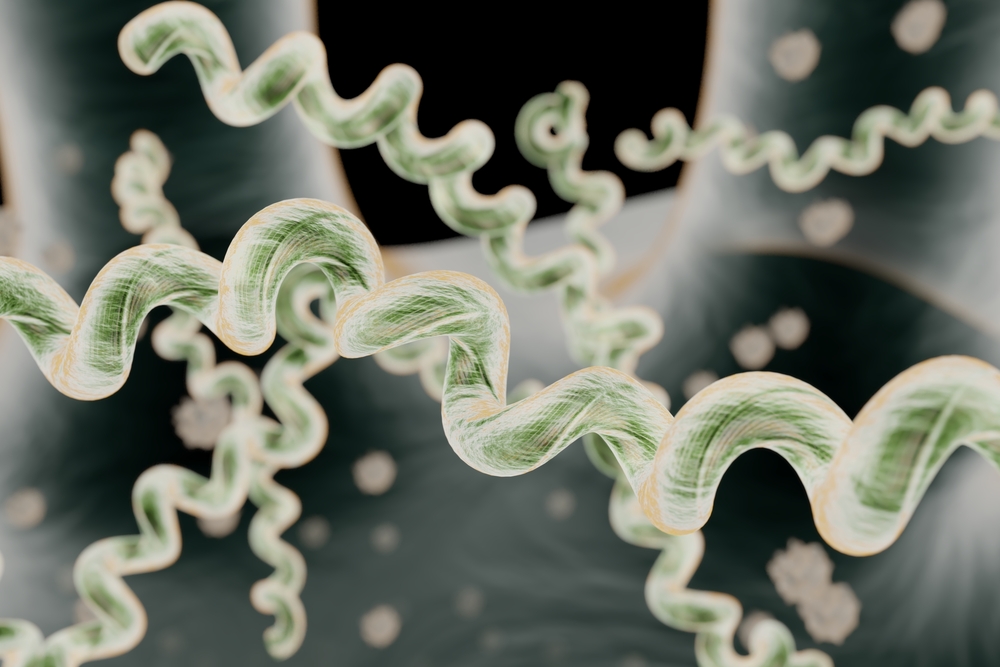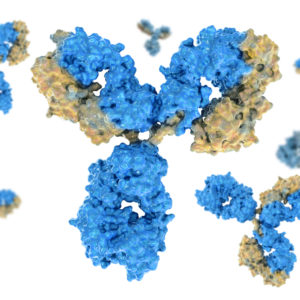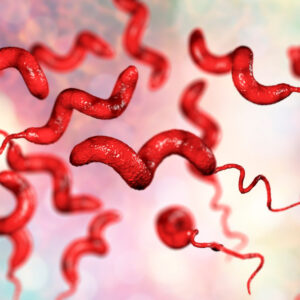CAMPYLOBACTER JEJUNI CELLS, HEAT-INACTIVATED
Heat-killed Campylobacter jejuni cells in dextran solution. Antigen is intended for use as a positive control in immunoassay development for Campylobacter detection.
PRODUCT DETAILS – CAMPYLOBACTER JEJUNI CELLS, HEAT-INACTIVATED
- Heat-killed Campylobacter jejuni cells, genus specific in dextran solution.
- Part of the BacTrace® range of antigens and antibodies.
- This product is ideally suited for use as a positive control in immunoassays designed for the detection of Campylobacter. It provides verification of the functionality of the assay system.
- Product is considered non-hazardous as defined by The Hazard Communication Standard (29 CFR 1910.1200).
BACKGROUND
Campylobacter is considered to be the most common bacterial cause of human gastroenteritis in the world (WHO). Campylobacter are mainly spiral-shaped, “S”-shaped, or curved, rod-shaped bacteria. Currently, there are 17 species and 6 subspecies assigned to the genus Campylobacter, of which the most frequently reported in human diseases are C. jejuni (subspecies jejuni) and C. coli. Other species such as C. lari and C. upsaliensis have also been isolated from patients with diarrhoeal disease, but are reported less frequently.
Campylobacter are mainly spiral-shaped, “S”-shaped, or curved, rod-shaped bacteria. Currently, there are 17 species and 6 subspecies assigned to the genus Campylobacter, of which the most frequently reported in human diseases are C. jejuni (subspecies jejuni) and C. coli. Other species such as C. lari and C. upsaliensis have also been isolated from patients with diarrhoeal disease, but are reported less frequently. Campylobacter species are widely distributed in most warm-blooded animals. They are prevalent in food animals such as poultry, cattle, pigs, sheep and ostriches; and in pets, including cats and dogs. The bacteria have also been found in shellfish.
The main route of transmission is generally believed to be foodborne, via undercooked meat and meat products, as well as raw or contaminated milk. Contaminated water or ice is also a source of infection. A proportion of cases occur following contact with contaminated water during recreational activities. Campylobacteriosis can affect all age groups but commonly affects young children, males and the elderly. Symptoms of infection generally include fever, abdominal cramps, watery or haemorrhagic diarrhoea and weight loss. Symptoms can be more severe and of longer duration in young children and the elderly. Although the disease is self-limiting, complications may develop in some cases after infection, which include irritable bowel syndrome, Guillain Barre syndrome and other autoimmune neuropathies (CDC).
REFERENCES
- Centers for Disease Control and prevention: Campylobacter (Campylobacteriosis)#
- World Health Organization (WHO), Campylobacter. 1 May 2020.



